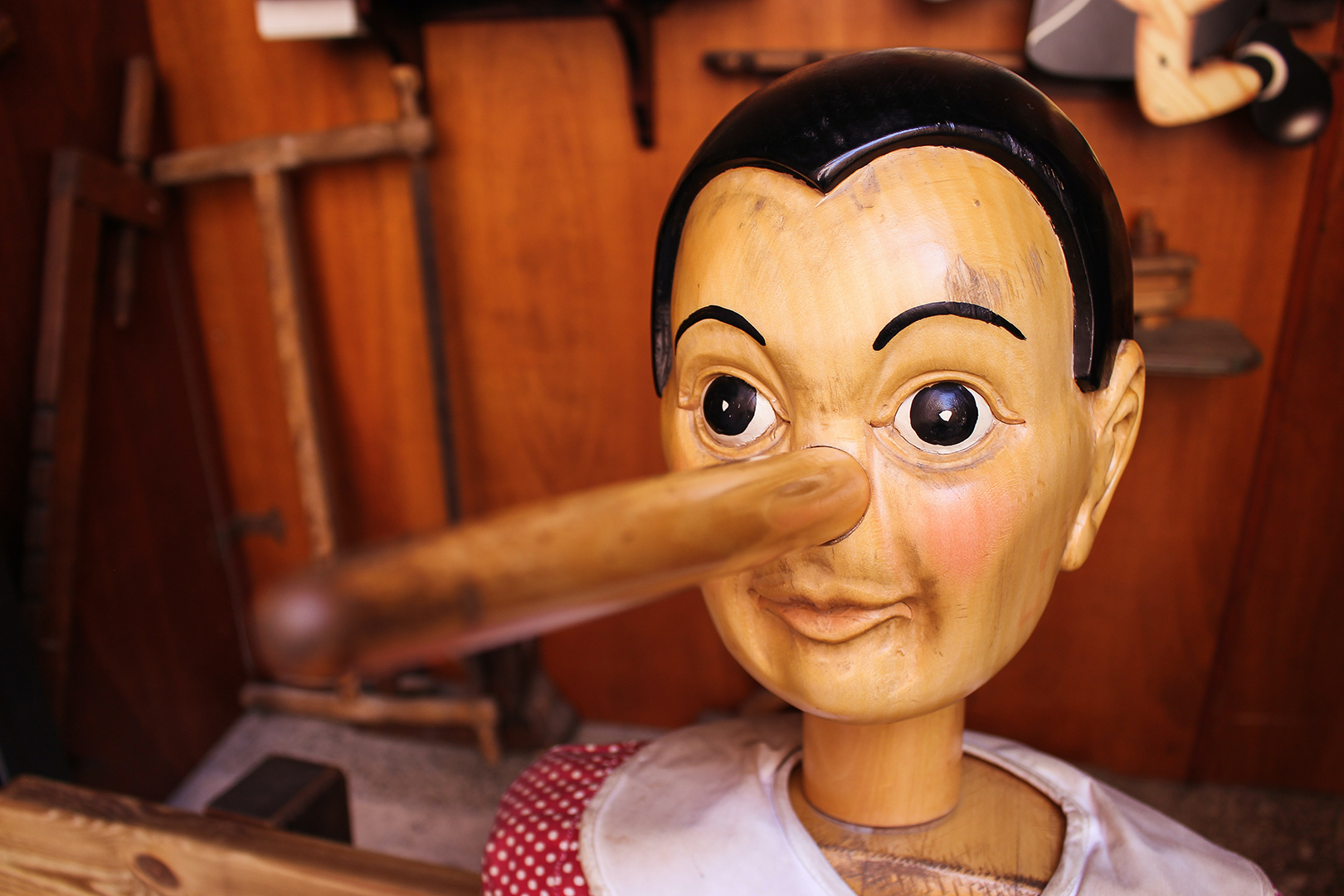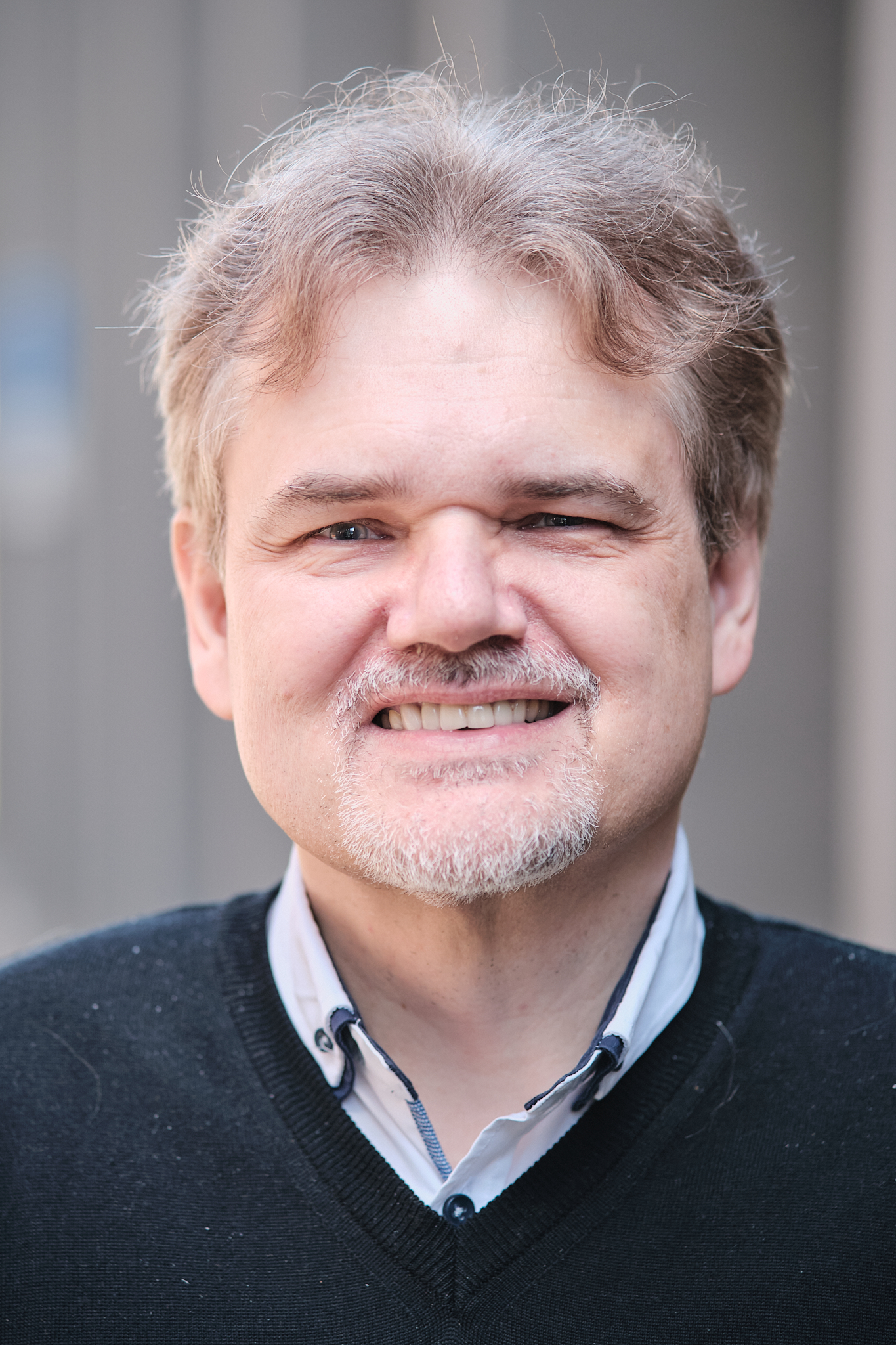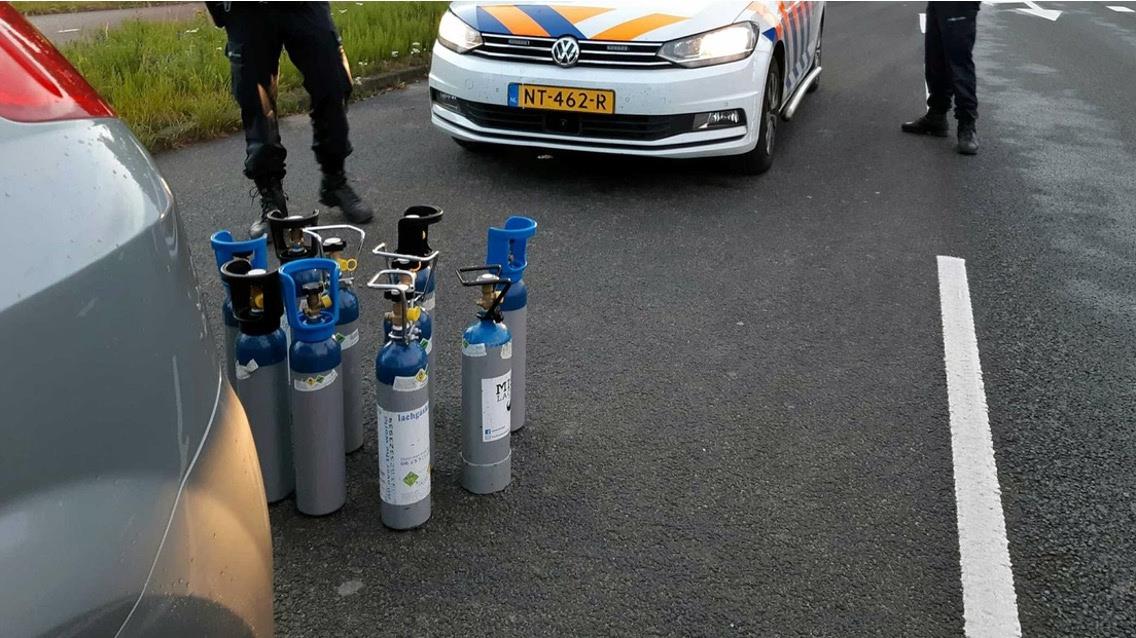Glynis Bogaard | Outsmarting liars
At the end of 2020, Glynis Bogaard was awarded an NWO, VENI grant for her research project: Outsmarting liars: Towards an interviewing protocol that allows for single-case lie-detection. Bogaard, now Assistant Professor, is part of the Forensic Psychology section at the Faculty of Psychology and Neuroscience (FPN). She also completed her Bachelor in Psychology and the Legal Psychology specialisation of the Master in Psychology at FPN, before starting her PhD.
The unique liar
“I’ve been doing research on lie detection for 10 years and I often provide workshops for the police . There, I noticed a need for more tools to detect lies in individuals. Most research to date has focused on general characteristics of liars. We have a lot of information on lie detection signals on the basis of averages. ‘The average liar tells us: A or B.’ But the police want to know whether a specific suspect is lying, they do not want to make judgements on the basis of averages”.
Therefore, Bogaard is now searching for lie detection methods to enable individual lie detection. She wants to look at how each individual lies. “My idea is to do this via a baseline statement”. An interviewee is asked to give a statement that is known to be true. “Can we then, by comparing it to a questionable statement, find individual lie cues?” That is the question she’ll try to answer in her VENI project.
Pilot studies have shown that it is possible to detect these signals. The research will now increase in scale, to further test, and prove, these findings.
In the movies

This method sounds a lot like lie detectors in movies. First you say your name and birthplace for the baseline, then they measure deviations. How does this differ? “The polygraph, that you see in movies, measures physical reactions”. Research shows that behaviours and physical reactions tell us little about the truth of a statement. In essence, it measures stress. “If the person is guilty, it works quite well, but with innocent people it produces too many false positives. As an interviewer you don’t know who you have in front of you”.
Content over form
Bogaard and her team investigate the content of statements. “We don’t look at physical reactions, or how somebody behaves”. Which details are mentioned, how elaborate is the statement, does the person remember the where and when? These questions are of greater importance. “A question I always ask is: does this statement give me a clear picture of the situation? Somebody who has actually experienced it, can more easily offer clear details”. Truth tellers can always rely on their memory, so follow-up questions shouldn’t be a problem. “A liar has to fabricate answers. I’m interested in how we can accurately detect these differences.
One liar prefers to provide many details, while another likes to keep it vague. One liar likes to talk about the where and when, but offers little detail of what one has seen, and vice versa. “I want to zoom in on that”.
How do you deal with a good liar?
“The interesting thing is that everyone is about equally bad at detecting lies. We’re only 54% accurate. But we do differ in our abilities to lie”. There are good and bad liars. Maybe those 54% that we can catch are just the bad liars? “If we apply lie detection methods, we can increase that percentage to 70%. This means that every liar has a tell”.
How do liars give themselves away?
“A lack of corrections in a statement is a good way of recognising liars”. Liars often prepare their story well and are less likely to adapt what they have studied. “When you talk about a memory, you often remember new information that is triggered by the telling of the story, then you add these details”. A liar won’t do this as readily. Liars also tell a more chronologically correct story. “This, again, is because they are usually well prepared”.
The image of lie detection
“It’s interesting that after 50 years of study, we still cannot rise above the 70% accuracy rate”. There are also a lot of myths about lie detection. Cues like looking away, or uneasiness are often seen as indicators of deception. But this really doesn’t say anything about the veracity of a statement. “How would you behave in an interrogation room when you are seen as the suspect? I think most people would be nervous!” There are many lies about lie detection, on the internet it is often claimed that you can train your lie detection skills to detect up to 90% of the lies. “Little of that is scientifically substantiated”.
And then?
“This is the first part of my research. In a later stage, I want to examine which interview technique is best suited to be used for individual lie detection purposes. So, how we can apply the knowledge from our research in society”.
Also read
-
FPN’s prof. dr. Rainer Goebel has been awarded an ERC Advanced Grant of € 2,5M for his research project Reading the Mind’s Eye: AI inspired personalised brain models of mental imagery. Goebel is among 255 researchers (out of 1829 applications in all domains) in Europe to receive the grant, and he is...
-
When nitrous oxide (laughing gas) is used recreationally, its presence remains detectable in the breath and bloodstream for at least 60 minutes after inhalation, and the development of an instrument to measure it is technically feasible. These were among the findings of a study at Maastricht...
-
What happens in the brain of someone with a psychiatric disorder? Eleonora Broggi, an alumna of the bachelor Biomedical Sciences at Maastricht University, is investigating brain patterns in people with autism spectrum disorder at King’s College London. Read how Eleonora uses Biomedical Sciences for...



